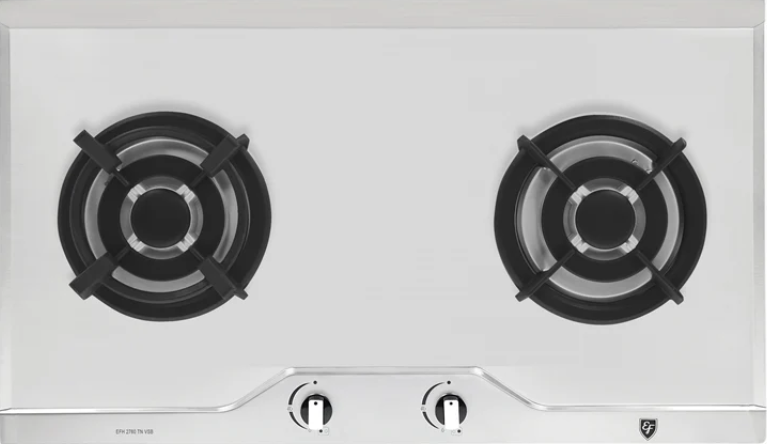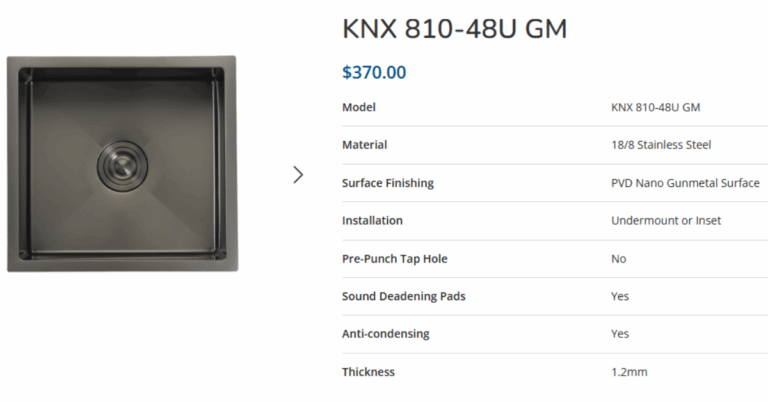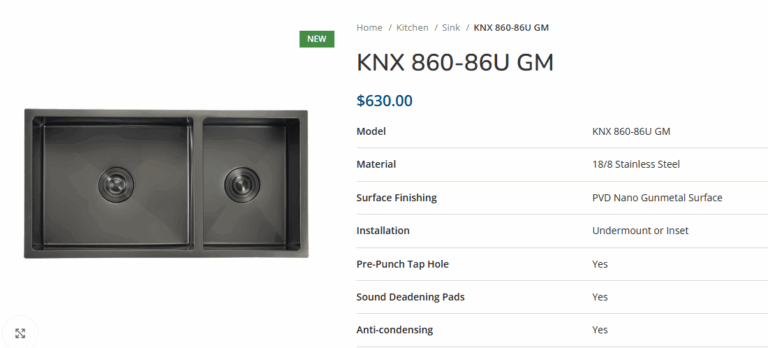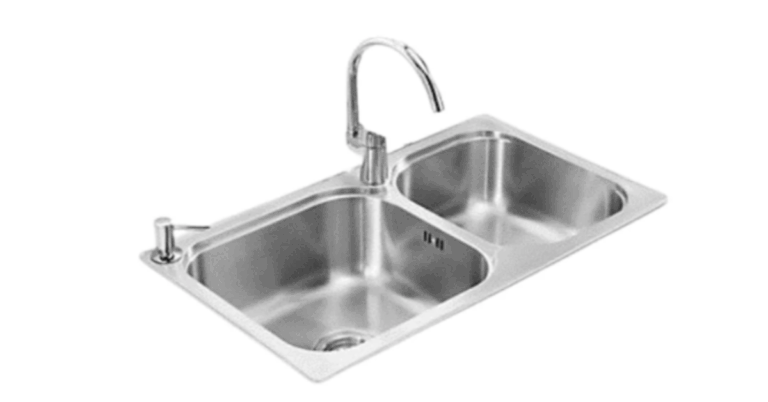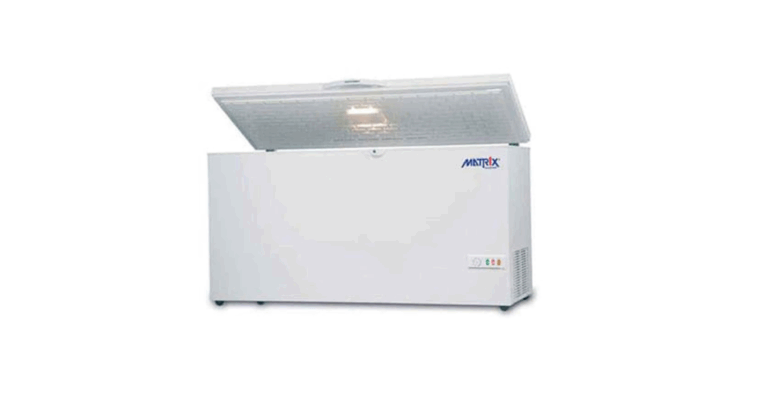Choosing the Right Gas Stove in Singapore: A Comprehensive Guide
In Singapore, a Gas Stove Singapore remains a preferred choice for many households seeking fast, controllable heat for day-to-day cooking. Whether you’re sautéing, stir-frying, simmering or boiling, a gas stove offers instant response and flame control that many electric alternatives struggle to match. In this article, we explore what makes gas stoves so appealing in Singapore, how they compare with built-in gas hobs, what features to look for, and tips for safe installation and use. By the end, you’ll be better equipped to choose the ideal gas stove for your kitchen.
Why Gas Stoves Continue to Be Popular in Singapore Kitchens
In Singapore’s dense urban environment, kitchens tend to be compact and efficiency is key. Here are a few reasons why many homeowners continue to choose gas stoves:
-
Instant heat and fine control. One of the most cited advantages is that gas stoves deliver heat immediately when ignited, and you can adjust flame strength instantly. This is ideal for dishes that require rapid temperature shifts (for example, going from high sauté to gentle simmer).
-
Resilience during power outages. Though blackouts are rare in Singapore, they do occur, especially during severe storms. A gas stove can still function even if the electricity is down (for models using manual ignition or battery ignition), unlike fully electric cooktops.
-
Wok-friendly cooking. Singapore’s cuisine relies heavily on wok stir-frying, which often demands high direct heat. Gas stoves excel at producing strong, concentrated flames ideal for wok use, allowing food to sear quickly and retain its texture.
-
More economical fuel consumption (in many cases). While the cost of piped gas or LPG may vary, gas stoves tend to be more energy-efficient than some electric alternatives when used properly, particularly for sustained high-heat cooking.
-
Simple repairability. Should a burner or ignition part fail, gas stoves often allow for modular replacement of parts like burner heads, igniters or pan supports, making maintenance easier in the long run.
Given these advantages, many owners in Singapore prefer a standalone gas stove, especially in rental flats or kitchens where counter modifications are limited. That said, built-in gas hobs are also popular for their sleek, integrated aesthetic. This makes comparing gas stoves and gas hobs a worthwhile exercise.
Gas Stove vs. Gas Hob: What’s the Difference?
Understanding the difference between a standalone gas stove and a built-in gas hob helps you make an informed choice.
| Characteristic | Gas Stove | Gas Hob / Built-in Hob |
|---|---|---|
| Form factor | Freestanding unit (often with oven or grill below) | Integrated into countertop or kitchen cabinetry |
| Installation flexibility | Portable and repositionable | Requires cut-out in the countertop and fixed installation |
| Aesthetic integration | More bulky, “appliance” look | Sleek and flush to countertop for a modern built-in look |
| Space usage | Requires dedicated floor or worktop space | Saves counter space, blends into kitchen design |
| Cost | Generally more affordable, easier to install | May carry premium due to installation and finishing work |
| Ventilation and hood compatibility | Similar requirements for ventilation | Seamless integration with cooktop ventilation designs |
If you value mobility, flexibility, and lower installation complexity, a standalone gas stove is ideal. But if you prefer a clean, built-in look that blends with your cabinetry, a gas hob may be the better pick.
Key Features to Look for in a Gas Stove
To get the best performance and longevity from your gas stove, consider these features when evaluating options in the Singapore market:
1. Number of burners and burner types
Most households use two or three burners. If you cook multiple dishes simultaneously, go for three or more burners. Also look for a mix of burner sizes — a high-power burner for stir-frying, a rapid burner for boiling, and a simmer/burner for gentle cooking.
2. Ignition type
Common options include:
-
Manual ignition (match or lighter) – lowest cost but least convenient.
-
Battery ignition – uses small batteries to generate sparks.
-
Electric or piezo ignition – turns on with a push or knob.
-
Automatic electric ignition (via power supply) – more convenient but may not work in blackouts.
Battery or piezo ignition strikes a good balance between convenience and independence from mains power.
3. Flame failure / flame safety devices
A critical safety feature: if the flame accidentally goes out (due to spill, wind, etc.), the gas supply is cut off automatically. Never forgo this safety mechanism.
4. Material and surface finish
-
Stainless steel is durable, resists corrosion, and is easier to clean.
-
Tempered glass / ceramic glass looks modern and sleek, but can scratch or crack if not handled carefully.
-
Enamelled surfaces may ease cleaning of spills.
Choose a surface material that suits your cleaning habits and kitchen style.
5. Pan supports and grates
Heavy cast iron or enamelled pan racks provide stability for pots and pans and last longer. Removable supports help with cleaning.
6. Burner head quality
Brass burner heads tend to last longer than standard steel ones and resist warping under high heat. Multiple ring or dual-ring burners offer more flexibility in flame spread.
7. Heat output / BTU rating
Check the power output (often in kW or BTU). Higher-output burners are essential for wok cooking, while lower-output burners allow efficient simmering.
8. Safety and warranty
Check for warranty (at least a year or more) and after-sales support. Also ensure that the model is certified to Singapore’s safety and gas regulations.
Choosing the Right Size and Layout
Singapore kitchens vary widely — from small HDB apartments to condominium penthouses. Here are some tips on selecting the proper size and layout:
-
Measure your kitchen space (width, depth, height) and ensure enough clearance for ventilation, overhead cabinets and hood exhaust.
-
Leave space for safety clearance – always respect manufacturer guidelines for distances to walls, backsplashes, windows, and combustible surfaces.
-
Center larger stoves so the control knobs are easily accessible and centered.
-
Keep adjacent surfaces clutter-free, especially near the stove, to prevent fire hazards.
-
Consider ventilation – good hood design, ducting, and airflow are crucial to carry away combustion products and fumes.
Installation, Gas Supply and Safety Considerations
Proper installation is just as important as picking a good model. Here are steps and precautions to follow:
Gas Supply
-
Many Singapore homes are served by piped town gas or LPG cylinders. Confirm you know what supply your kitchen has.
-
Ensure compatible gas inlet type and pressure ratings.
-
Use quality gas hoses, regulators and connectors, preferably certified and approved for Singapore use.
Professional Installation
-
Always hire a licensed gas technician (or plumber/gas fitter) for installation.
-
Leak tests and pressure tests must be performed before first use.
-
Ensure ventilation and ducting comply with local codes.
-
Allow space behind the stove for gas piping, wiring, and maintenance access.
Safety Measures
-
Install a hood or exhaust fan to remove combustion fumes.
-
Keep combustible materials (curtains, cloth, aerosol cans) away from stove edges.
-
Regularly inspect hoses and connectors for wear or damage.
-
Never leave the stove unattended when in use, especially when frying.
-
Clean spills promptly to prevent flare-ups.
Maintenance Tips for Long Life
A gas stove that’s well maintained can last many years. Here are tips to keep yours in prime condition:
-
Clean regularly. Wipe surfaces after each use. Remove pan supports and burner caps for periodic deeper cleaning.
-
Use mild detergents. Abrasive cleaners can damage surfaces or remove protective coatings.
-
Check burner ports. If flame is uneven or yellow, ports may be clogged — carefully clear with a soft brush or pin.
-
Inspect seals and gaskets. Replace cracked or hardened rubber hoses before they fail.
-
Test safety features. Occasionally verify that flame failure devices still work.
-
Avoid heavy impact. Don’t drop heavy pots on glass or enamel surfaces, as that can cause cracking.
Choosing a Gas Stove in Singapore: Final Checklist
Before you make a purchase, here is a quick checklist to help ensure you get the right gas stove for your home:
-
✔ Number of burners and burner mix
-
✔ Ignition type and ease of use
-
✔ Flame failure or safety features
-
✔ Surface material (stainless steel, glass, enamel)
-
✔ Quality of pan supports and burner heads
-
✔ Compatible with your home’s gas supply
-
✔ Adequate ventilation provisions
-
✔ Warranty and after-sales support
-
✔ Safety clearance and installation cost
Conclusion
While built-in gas hobs have their appeal in modern, integrated kitchens, a gas stove Singapore remains a practical and versatile option for many households. Its strength lies in instant heat, portability, and flexibility, especially for those who move often or prefer not to modify their countertop layout. By carefully choosing the right features, ensuring safe installation, and following good maintenance habits, you can enjoy efficient, reliable, and flavorful cooking for years to come.

